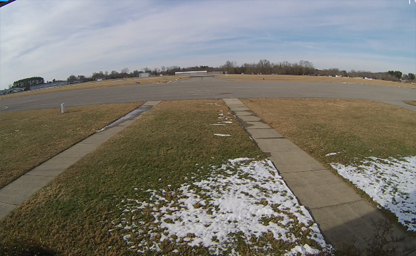
Whitesburg
A home rule-class city in and the county seat of Letcher County

A home rule-class city in and the county seat of Letcher County
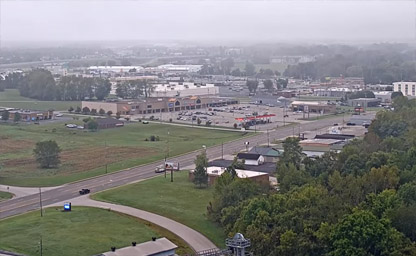
An important regional hub for commerce, agriculture, and culture since its establishment
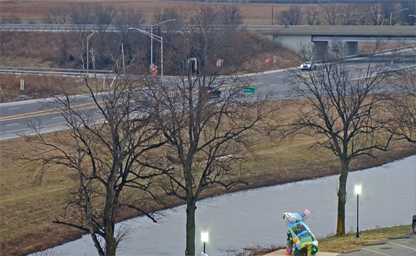
The roadway, steeped in rich narratives of trade, migration, and technological advances
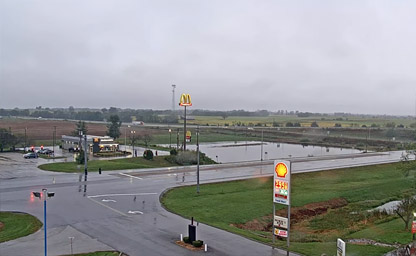
It is part of the Clarksville metropolitan area
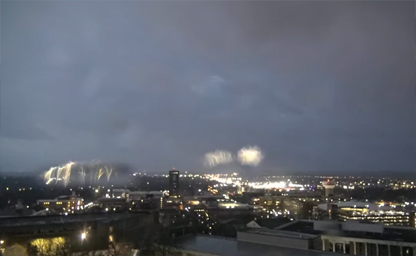
Situated in a city in a suburban setting and is primarily a residential campus
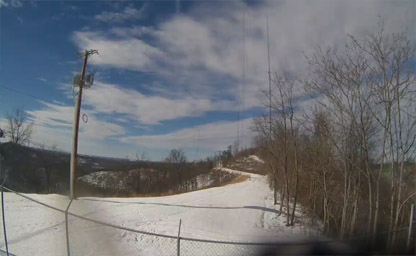
It lies along Kentucky Route 61 south of the city of Hodgenville

A home rule-class city in and the county seat of Pike County
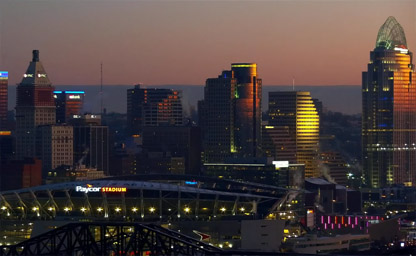
Situated on The Brent Spence Bridge, between Covington, Kentucky and Cincinnati
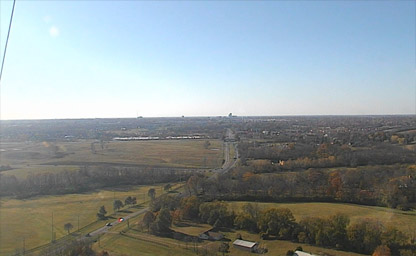
The second-most-populous city in the Commonwealth of Kentucky

A historic courthouse situated in Madisonville
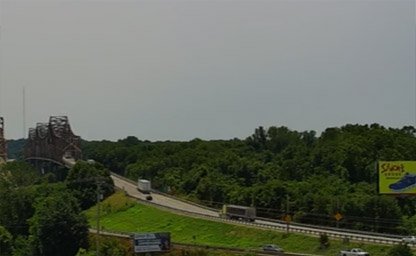
A home rule-class city along the Ohio River
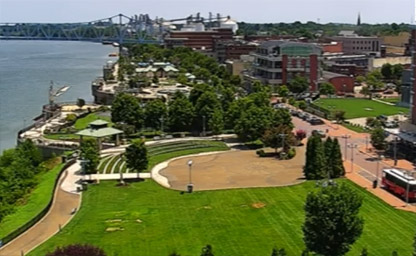
Spans the Ohio River between Spencer County and Owensboro, Kentucky
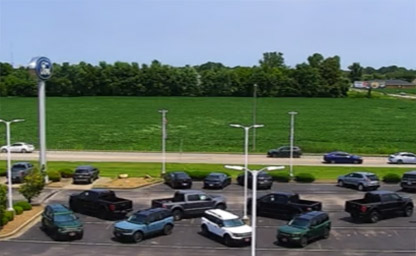
A home rule-class city in and the county seat of Daviess County
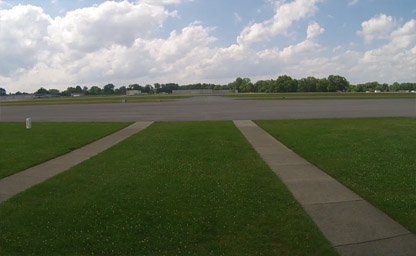
A home rule-class city in Laurel County, Kentucky
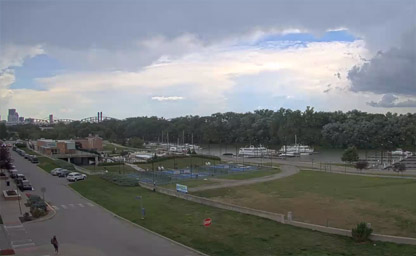
The Ohio River Valley floodplain is the region on the Kentucky

The heart of the riverfront situated in vibrant downtown Owensboro
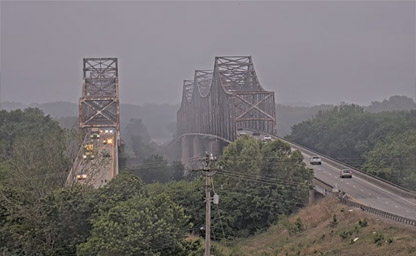
Downstream from the confluence of the Ohio River and the Green River

A neighborhood in Louisville, Kentucky
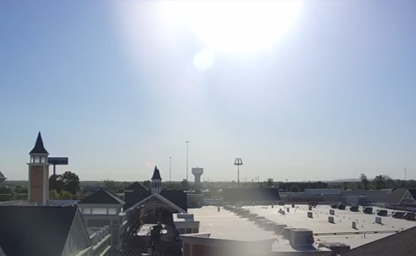
Situated 8 miles west of Shelbyville

Crossing the Ohio River between Kentucky, Louisville and Jeffersonville
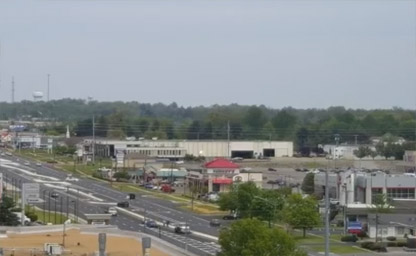
In east-central Hardin County

A vibrant and historic district
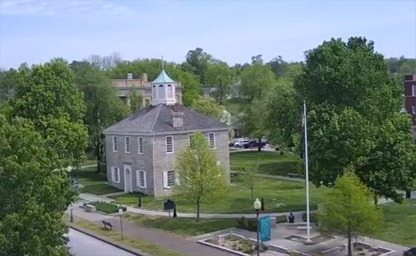
Situated in western Henderson County
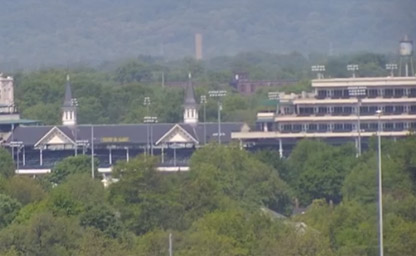
A neighborhood two miles south of downtown Louisville
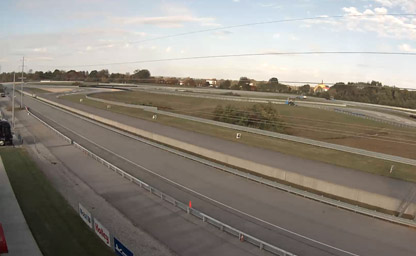
Welcome to the National Corvette Museum’s virtual tour
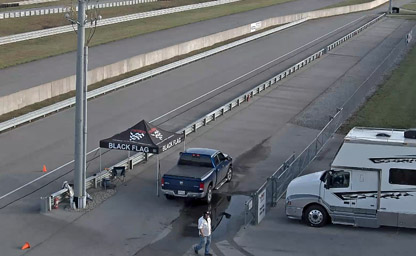
Come and visit our 3,000 square foot Corvette Museum

Approximately 60 miles south of Bowling Green
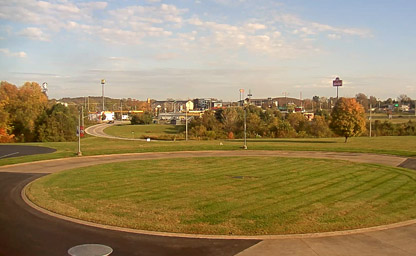
Address is 350 Corvette Dr. Bowling Green, KY 42101

Both the museum and plant are visible from the interstate

Located approximately 60 miles north of Nashville

The world famous sports car called the Corvette

Bowling Green Corvette Assembly Plant

You can watch our construction take place as it happens

It is a time to reflect on the past and share the future

We hope you can join us for the fun

Enjoy the friendships and fun that the Corvette brings

The Museum has hosted 3 National Corvette Caravans since the grand opening in 1994
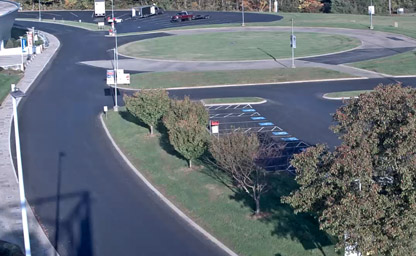
Step inside and enjoy the view

Resting on the northern shores of beautiful Kentucky Lake

Nearby Kentucky Dam Village State Park
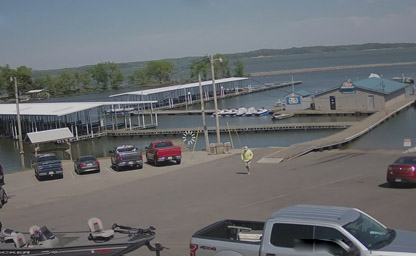
Land Between The Lakes is a National Recreation Area
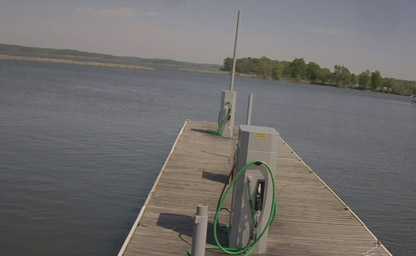
Unincorporated community in Marshall County

Around the beautiful Bear Creek area

Home of the picturesque Kentucky Dam

Near the Tennessee River as Clear Pond
Discover the captivating beauty of Kentucky through live streaming tourist cameras that offer an exciting glimpse into this state’s diverse landscapes and rich history. From the rolling hills of the Bluegrass Region to the majestic Appalachian Mountains, these live cameras bring Kentucky’s scenic wonders to life in real time. Watch the thoroughbreds race at the iconic Kentucky Derby, explore the vibrant streets of Louisville, or get a taste of the natural beauty at Mammoth Cave National Park. Whether you're admiring the tranquil lakes and rivers or witnessing the buzz of local festivals, Kentucky’s live cameras offer an immersive experience like no other. Jump into the heart of the Bluegrass State and see why Kentucky’s charm is waiting for you, virtually and beyond!
Kentucky, known as the Bluegrass State, boasts a rich and multifaceted history that weaves together Native American heritage, frontier exploration, and industrial development. Before European settlement, Kentucky was home to Native American tribes such as the Cherokee, Shawnee, and Chickasaw. These tribes utilized the land for hunting, fishing, and agriculture, leaving behind a legacy of artifacts and mounds that highlight their sophisticated cultures.
European exploration of Kentucky began in the mid-18th century, with pioneers like Daniel Boone charting paths through the rugged Appalachian Mountains. Boone's Wilderness Road, forged through the Cumberland Gap, became a vital artery for westward expansion, allowing settlers to penetrate the fertile lands of Kentucky. By the late 1700s, forts and settlements, including Harrodsburg and Boonesborough, emerged as key outposts in the burgeoning frontier.
In 1792, Kentucky became the 15th state admitted to the Union, separating from Virginia. Its strategic location along major rivers, such as the Ohio and Mississippi, made it a vital trade and transportation hub in the early United States. Kentucky's role as a border state during the Civil War underscored its importance and complexity. While it officially remained neutral, allegiances among its residents were deeply divided, leading to internal conflicts and the presence of both Union and Confederate forces within its borders.
The post-war era saw Kentucky transform into an agricultural powerhouse, with tobacco and hemp as key cash crops. The state's thoroughbred horse racing industry, anchored by the Kentucky Derby in Louisville, began to rise to prominence in the late 19th century. Today, this event is an iconic symbol of Kentucky's cultural heritage and global reputation.
During the 20th century, Kentucky's economy diversified, embracing industries like coal mining in the Appalachian region, bourbon distilling, and manufacturing. Cities like Lexington and Louisville grew as economic and cultural centers, blending their historical charm with modern amenities. The state also played a role in the civil rights movement, with leaders like Muhammad Ali (born in Louisville) emerging as prominent figures advocating for social justice.
Kentucky's history continues to influence its identity, drawing visitors to its historic battlefields, cultural landmarks, and scenic byways that tell the story of a state deeply rooted in the American experience.
Kentucky's climate is classified as humid subtropical, characterized by warm summers, mild winters, and ample rainfall throughout the year. This climate supports the state's lush landscapes, including its iconic bluegrass pastures and dense forests. Kentucky's weather patterns are influenced by its position in the southeastern United States, where it is subject to the interplay of continental and subtropical air masses.
Summers in Kentucky are typically warm and humid, with average high temperatures ranging from 85°F (29°C) to 90°F (32°C) in July and August. The humidity can make the heat feel more intense, but it also contributes to the vibrant greenery that defines the state's landscapes. Summer is also the peak season for outdoor activities, with residents and visitors flocking to lakes, parks, and festivals. However, thunderstorms are common during this time, occasionally bringing heavy rainfall, hail, and strong winds.
Winters in Kentucky are relatively mild compared to states further north. Average low temperatures in January range from 22°F (-6°C) to 34°F (1°C), depending on the region. Snowfall varies across the state, with higher accumulations in the eastern Appalachian areas and lighter snow in the western lowlands. While snowstorms are rare, winter weather can occasionally bring ice storms, which may disrupt travel and infrastructure.
Spring and autumn are transitional seasons that showcase Kentucky's natural beauty. Spring, from March to May, is marked by blooming dogwoods, redbuds, and tulips, creating a colorful tapestry across the state. It is also the season for severe weather, including tornadoes, particularly in the western and central regions. Autumn, from September to November, offers cooler temperatures and breathtaking foliage, with the forests of the Appalachian Mountains and Daniel Boone National Forest displaying shades of red, orange, and yellow.
Kentucky receives an average of 40 to 50 inches of precipitation annually, distributed fairly evenly throughout the year. The rainfall supports its agricultural economy, particularly in regions known for tobacco, corn, and soybean production. The state's waterways, such as the Kentucky River and Lake Cumberland, also benefit from this ample rainfall, providing opportunities for fishing, boating, and other recreational activities.
Kentucky is a state of remarkable geographic diversity, covering an area of approximately 40,408 square miles. It is bordered by seven states: Illinois, Indiana, and Ohio to the north; West Virginia and Virginia to the east; Tennessee to the south; and Missouri to the west. The Ohio River forms much of Kentucky's northern boundary, while the Mississippi River defines its western edge.
The state's geography can be divided into five distinct regions: the Bluegrass Region, the Pennyroyal Plateau, the Western Coal Fields, the Jackson Purchase, and the Eastern Mountain Coal Fields. Each of these regions contributes to Kentucky's unique character and natural beauty.
The Bluegrass Region, located in central Kentucky, is perhaps the state's most famous area. It is characterized by gently rolling hills, fertile soils, and lush pastures, making it ideal for horse breeding and agriculture. Lexington, known as the "Horse Capital of the World," lies at the heart of this region, surrounded by world-renowned horse farms and historic bourbon distilleries.
The Pennyroyal Plateau, also called the Pennyrile, occupies much of southern Kentucky. This region is known for its karst topography, which includes caves, sinkholes, and underground rivers. Mammoth Cave National Park, a UNESCO World Heritage Site, is a highlight of this area and features the world's longest known cave system. The Pennyroyal Plateau also offers scenic rolling hills, forests, and recreational opportunities at places like Lake Barkley and Dale Hollow Lake.
The Western Coal Fields, located in the northwestern part of the state, are characterized by their coal-rich deposits and flat to gently rolling terrain. This region has a strong industrial history tied to coal mining, which has shaped its economy and culture. Today, efforts are underway to promote sustainable tourism and outdoor recreation in the area.
The Jackson Purchase, in far western Kentucky, is a low-lying region bounded by the Mississippi and Ohio Rivers. This area features fertile farmland, wetlands, and bottomland forests, making it an important region for agriculture and wildlife. The Land Between the Lakes National Recreation Area, a 170,000-acre preserve between Kentucky Lake and Lake Barkley, is a popular destination for hiking, camping, and wildlife observation.
The Eastern Mountain Coal Fields, part of the Appalachian Mountains, encompass the easternmost part of Kentucky. This region is defined by rugged mountains, narrow valleys, and dense forests. It has a rich cultural heritage tied to coal mining and Appalachian traditions, including music, crafts, and storytelling. The Daniel Boone National Forest, Red River Gorge, and Pine Mountain are among the area's natural attractions, offering opportunities for hiking, rock climbing, and exploring the great outdoors.
New Tip: When visiting Kentucky, don't miss the Bourbon Trail, a collection of historic distilleries offering tours and tastings of the state's signature spirit. An interesting fact: Kentucky is home to more bourbon barrels than people, with over 10 million barrels aging in warehouses across the state, reflecting its deep-rooted bourbon tradition.